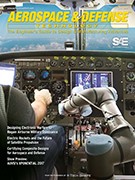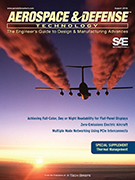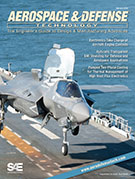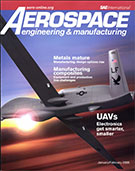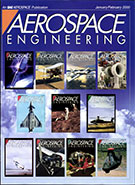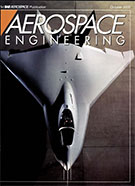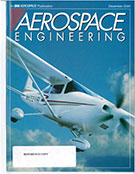Magazine

AEROSPACE ENGINEERING 2013-03
2013-03-06
Big fans gear up for new battles The big difference in newer commercial airplanes comes where it can't be seen: in the structure, in new materials, in the avionics, and most importantly, in the engines. Integrated Vehicle Health Management The aims of IVHM include improved safety through the use of diagnostics and prognostics to fix faults before they are an issue, as well as improve availability of fleets through better maintenance scheduling.
